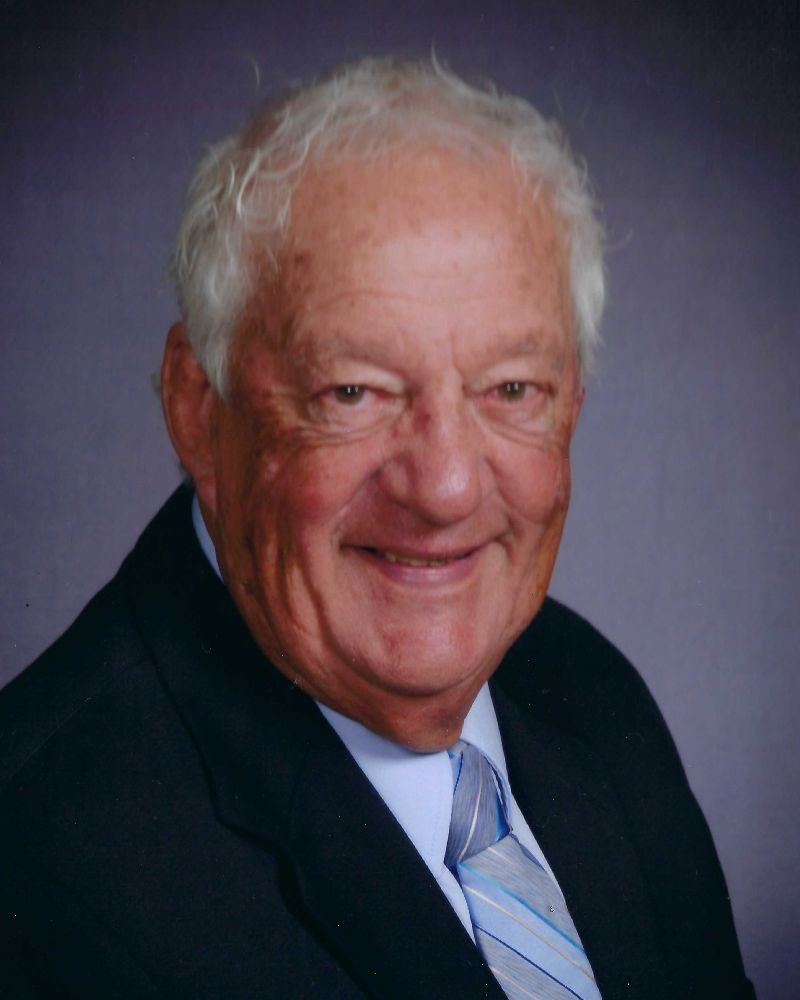Can Missouri livestock producers outlast the drought?

BOLIVAR, Mo. — It’s pretty simple math: Too little grass + too many cows = too little cash.
Missouri livestock producers love their cows and never want to sell them, even when grass and water dry up, says University of Missouri Extension agricultural business specialist Wesley Tucker. Instead of culling cows, they will go to great lengths to find alternative feed sources, including growing and buying things they’ve never used before.
Maybe it’s time to take a hard look at our operations and ask how many cows our fields can sustain going forward, Tucker says.
Tucker, himself an Ozarks beef producer, and other MU Extension specialists are speaking to producers across the state at drought meetings about farm economics and surviving until better days arrive. He discusses the emotional attachment producers have to their livestock and the reluctance to let them go even when they are costing them money.
But even before the drought began, we were already facing higher input costs, including fertilizer, fuel, equipment, labor and interest expenses, he says.
In a press release, Tucker said, “With the rapidly changing environment, we simply can’t sustain the same number of cows we used to. My recommendation from the start has been to drop one-third of your cows.”
Keeping a few less cows is not all bad and may actually increase profitability. “It gives flexibility to graze more and feed less. Two-thirds of the normal cow numbers allows you to keep calves longer – growing them to heavier weights – and capture added value,” he says.
“Maybe it means instead of starting to feed hay at Thanksgiving, we make it to Valentine’s Day before the tractors have to leave the barn,” he says. “It gives you the flexibility to keep a few more heifer calves and let Mother Nature apply a little more selection pressure so we ensure only the profitable ones make it into the herd.” Having fewer cows gives tremendous flexibility to add other profitable enterprises to the operation, he points out.
As early as late 2022, MU Extension specialists began recommending that producers plan to destock if drought continued into 2023. As the drought burned on, they offered drought meetings across the state to suggest ways to stretch forages. They shared science-backed practices such as planting alternative forages, ammoniating wheat straw, seeding annuals into perennial pastures, planting quick-growing annuals and baling green corn unlikely to produce grain. While these have worked for many, they also come with a price and won’t work for everyone, says Tucker.
He says the No. 1 recommendation in every meeting is simple: Cut cow numbers. Many producers across the state have responded and livestock auction barns have seen an influx of animals. Getting rid of your least profitable animals is the quickest way to take stress off the remaining pasture and green cash you have left, says Tucker.
MU Extension state beef nutrition specialist Eric Bailey agrees. If you haven’t already, begin culling by getting rid of females that don’t wean a calf each year and don’t rebreed early in the breeding season (80-90 days after calving).
Herd profitability largely depends on how long a cow brings value to the herd. Cull out cows with poor eyes, mouths, legs, feet and udders. Cows with poor dispositions also get one-way tickets to the sale barn. Keep those with superior genetics as long as possible.
Bailey’s main advice is to plan downsizing. Management improvements, such as shorter breeding seasons, not year-round calving, also can benefit your operation.
For optimists, drought-induced culls can be beneficial. It forces decisions that can provide rewards for the long haul.
For more information, see “Culling the Commercial Cow Herd: BIF Fact Sheet” at https://extension.missouri.edu/g2036 or contact the MU Extension livestock specialist in your area.
Miss Clipping Out Stories to Save for Later?
Click the Purchase Story button below to order a print of this story. We will print it for you on matte photo paper to keep forever.

